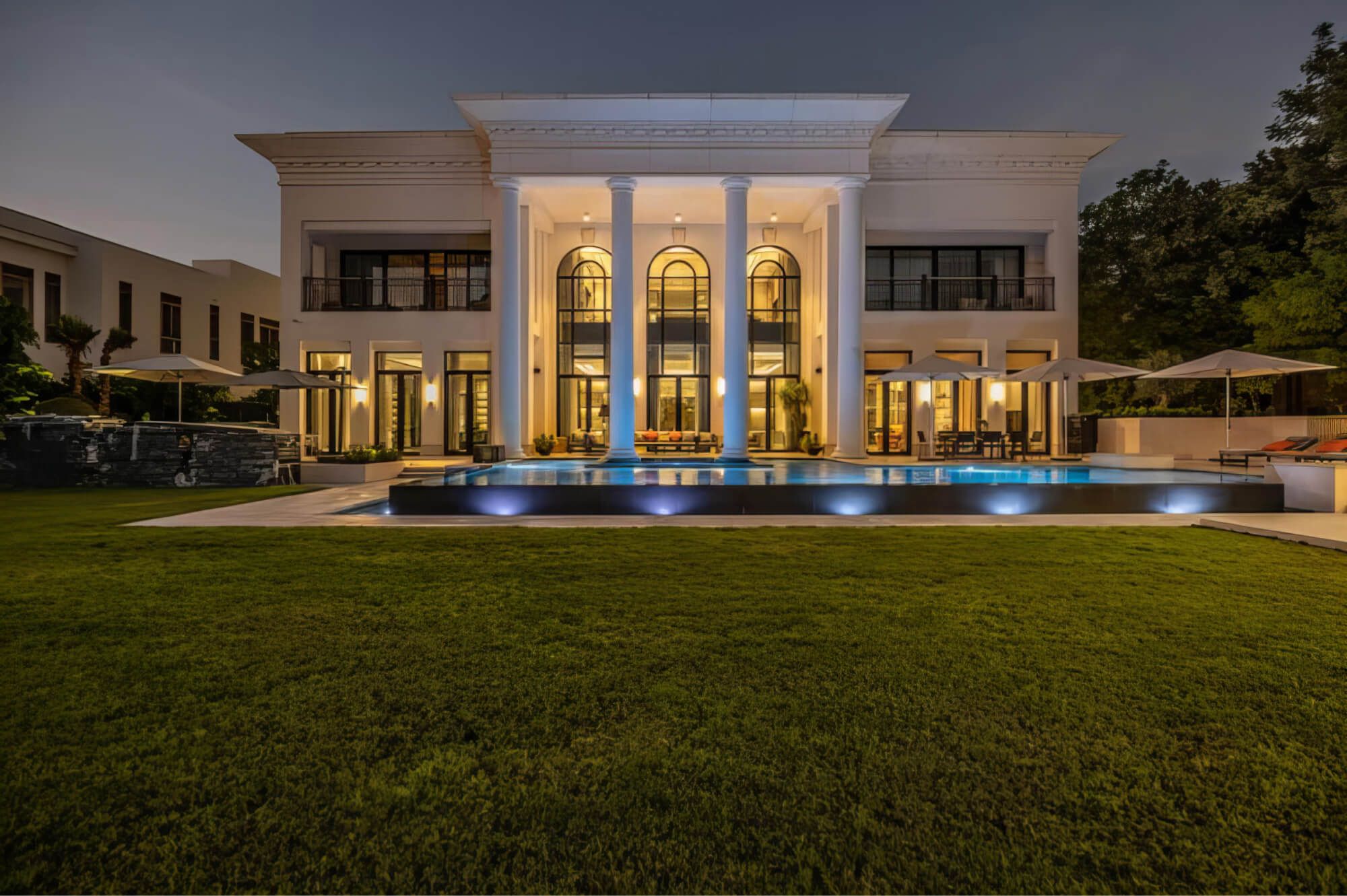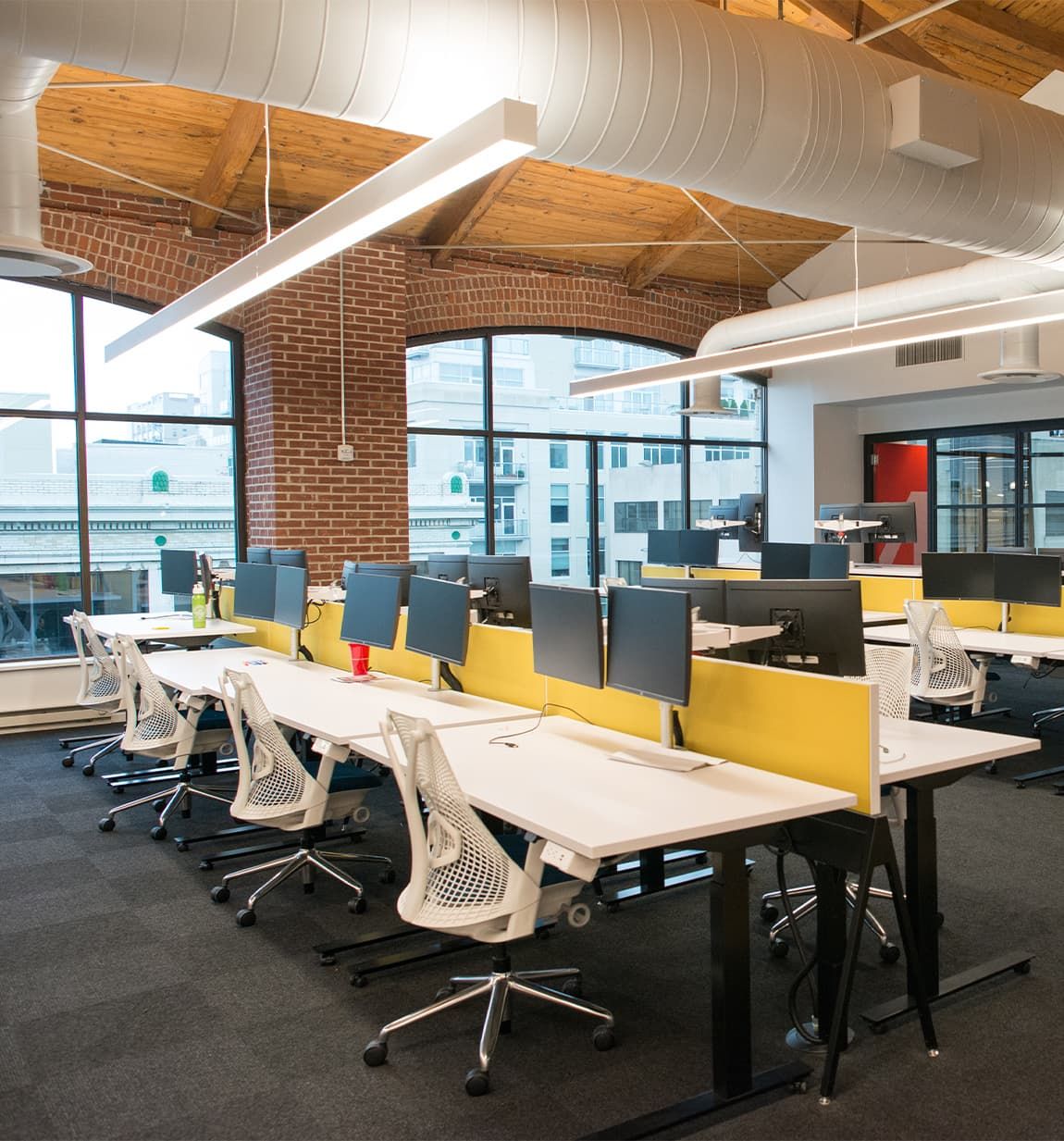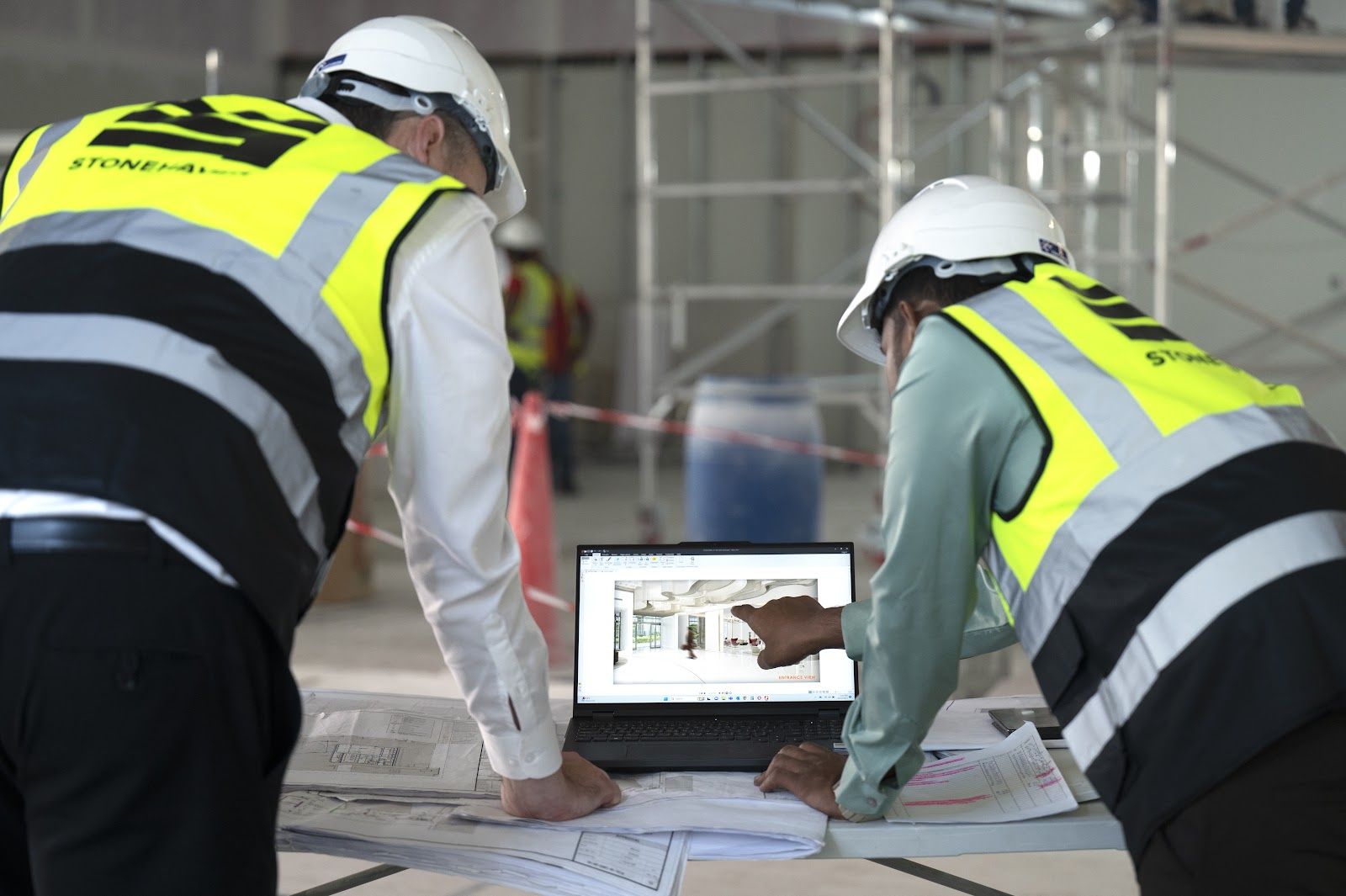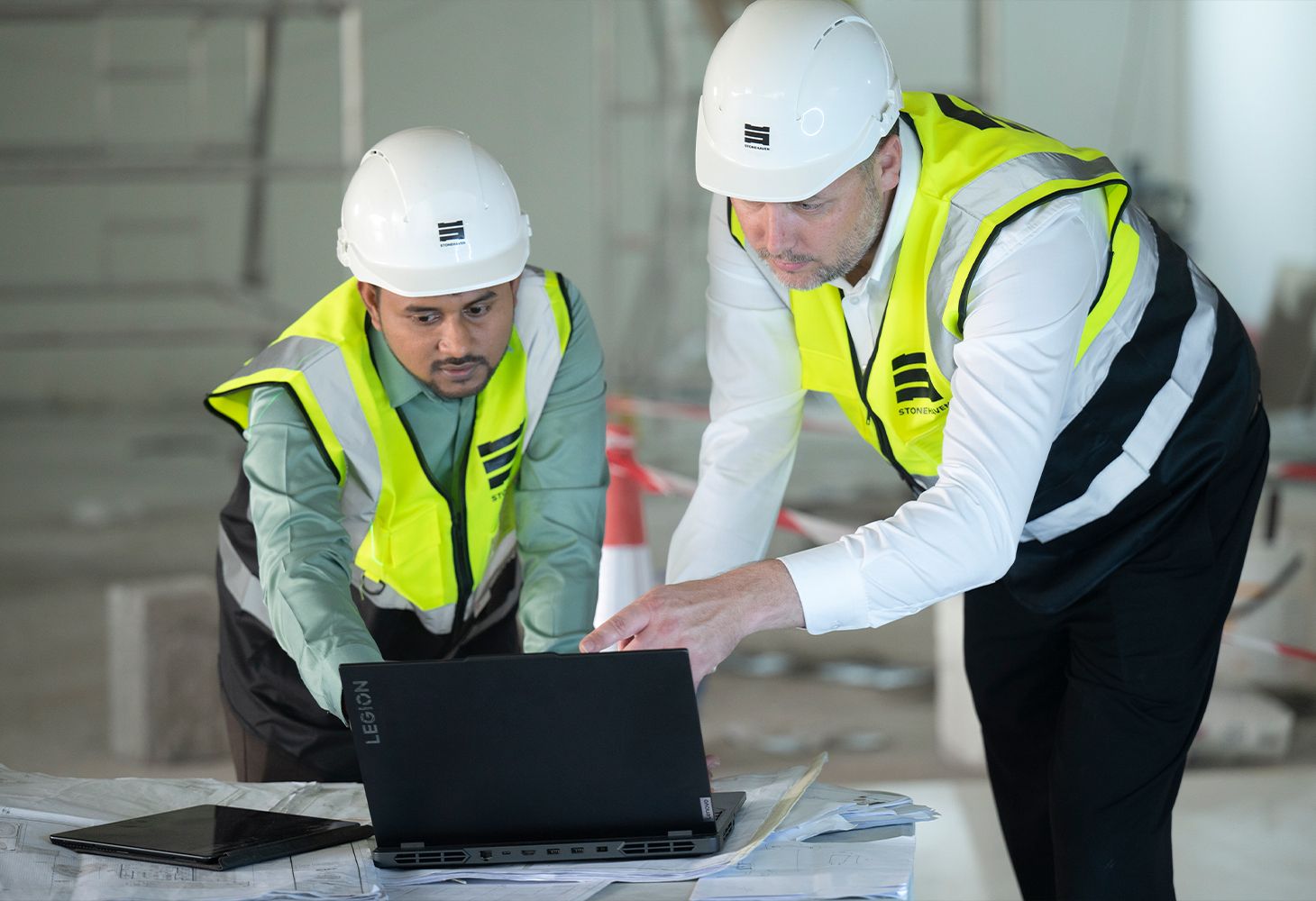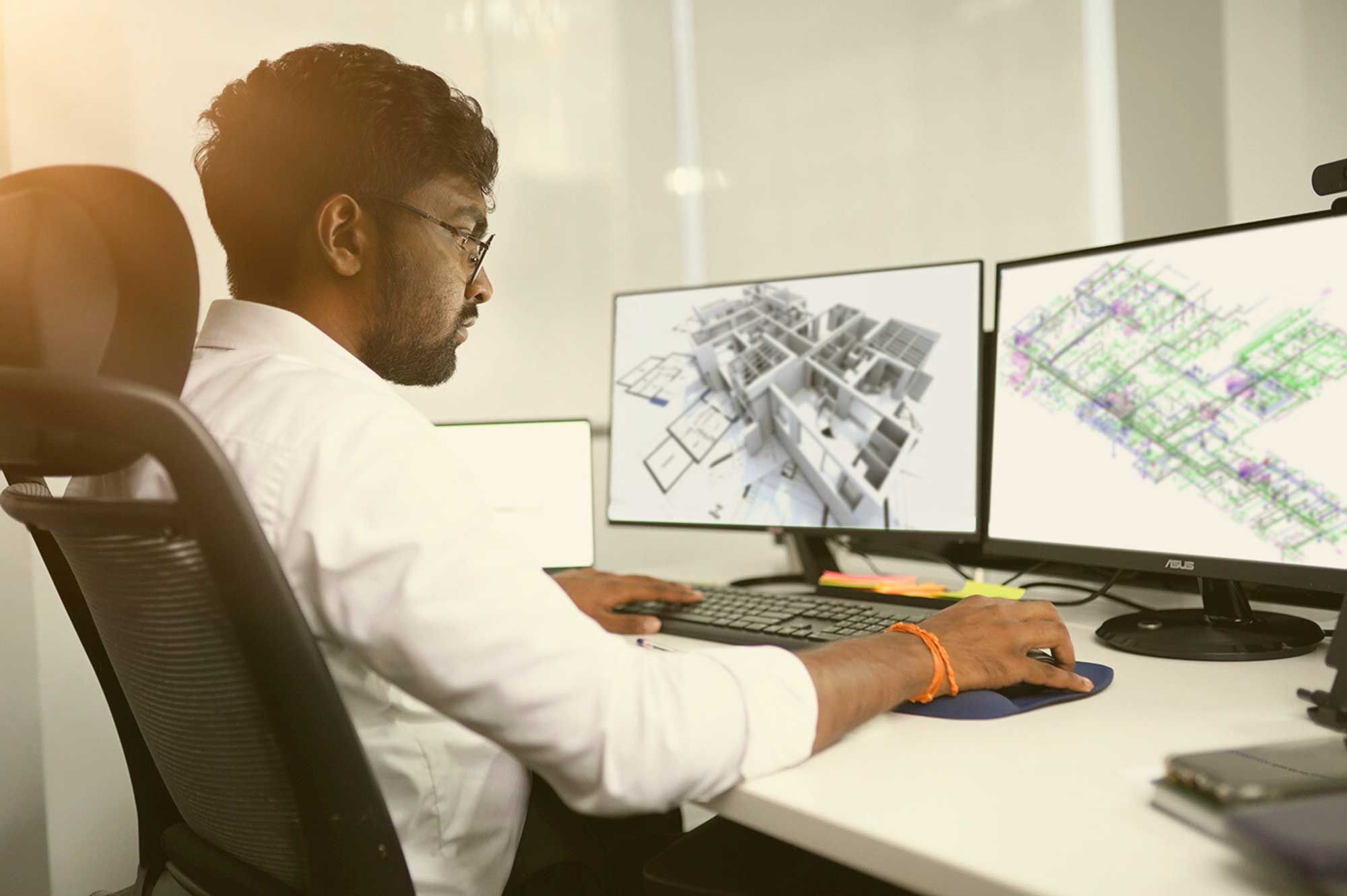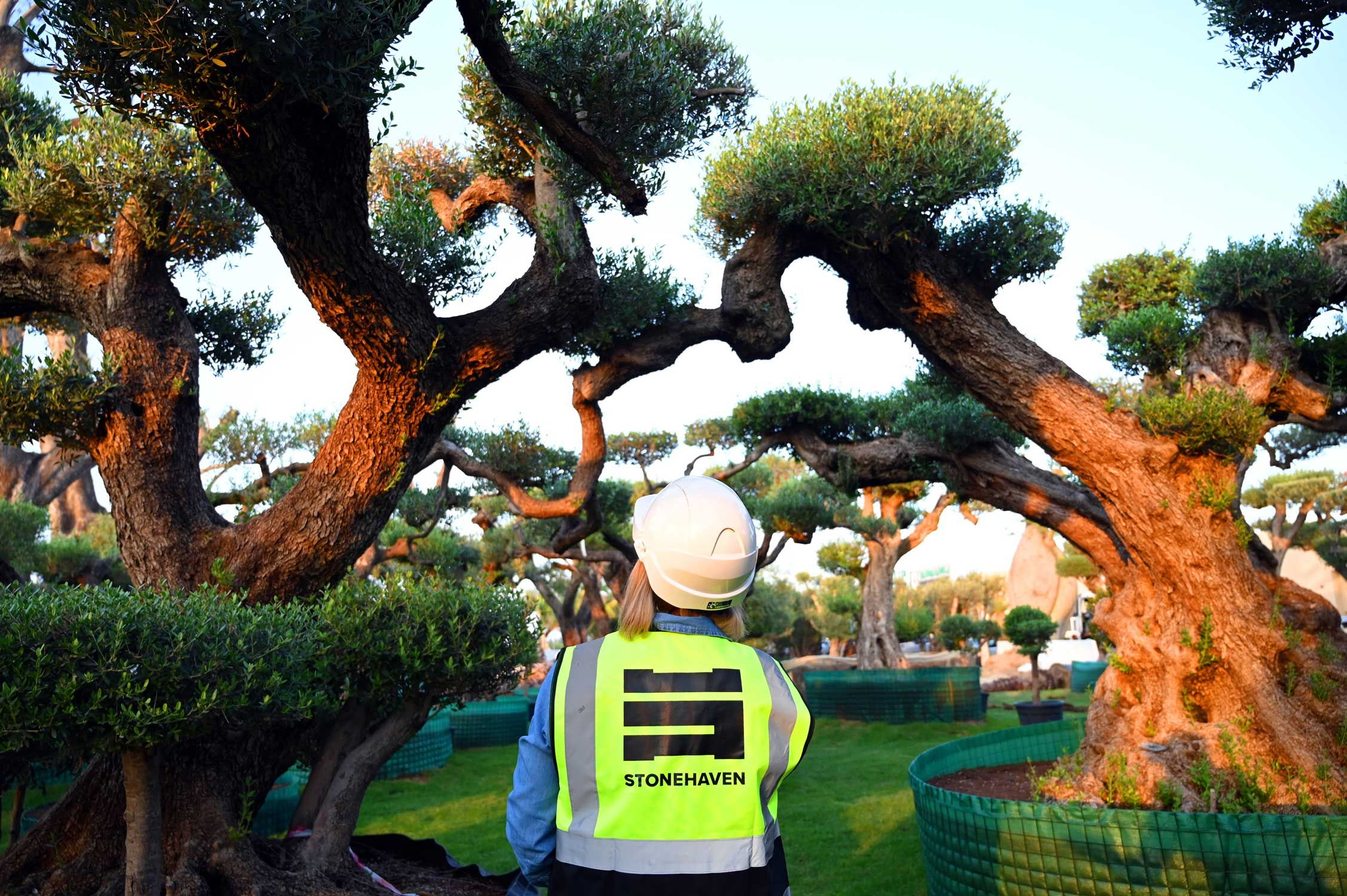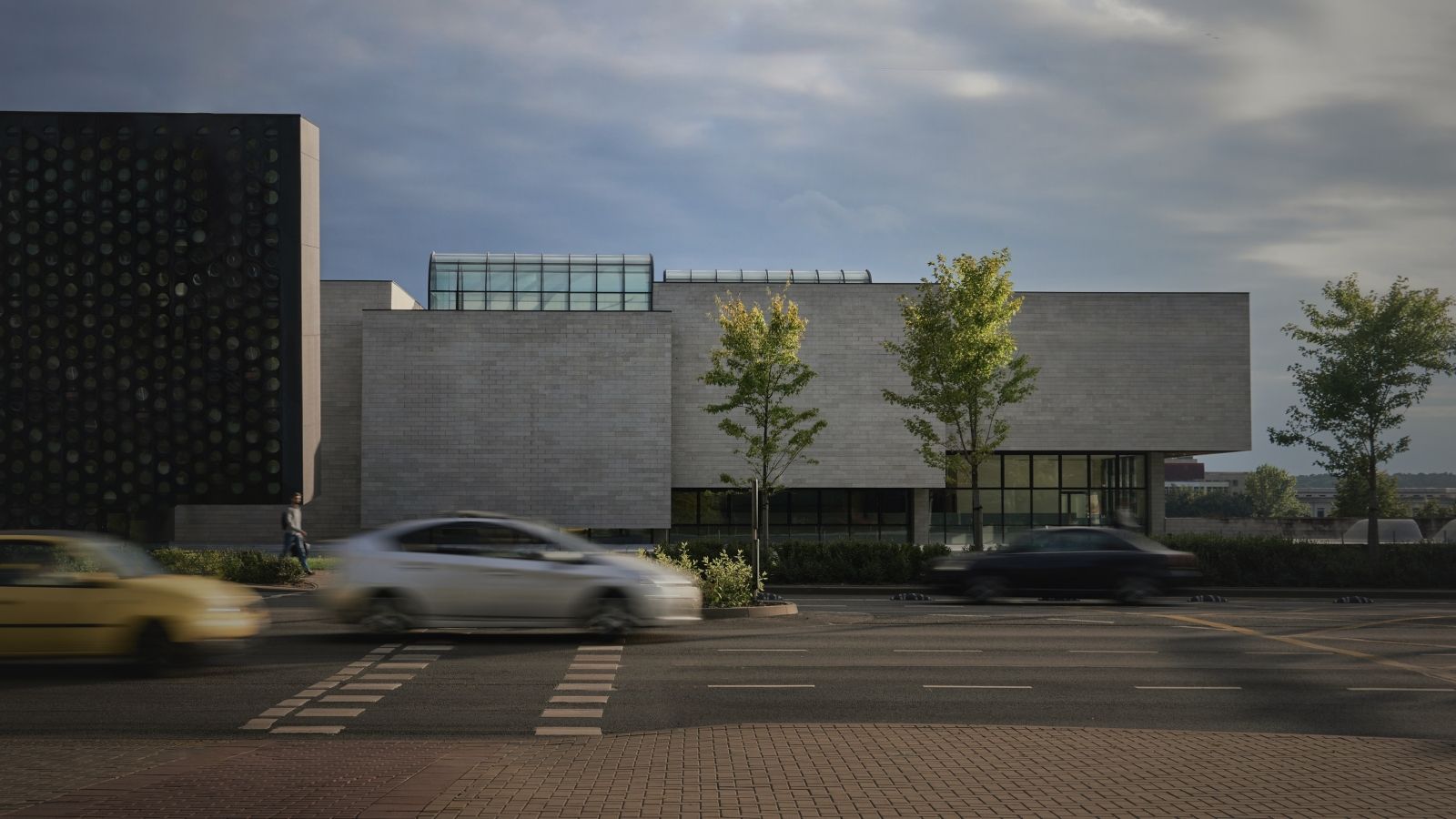The construction industry, supported by civil engineering advancements, is undergoing transformative changes driven by technology, sustainability, and evolving client expectations. Today, civil engineering trends are not just reshaping global projects but are particularly impactful in the Middle East, where mega-developments and rapid urbanisation demand sustainable, efficient, and resilient infrastructure solutions.
In this blog, we explore significant trends redefining civil engineering within the construction sector, with real-world examples, particularly from the Middle East. We also address the practical challenges associated with these advancements, offering a balanced view of the opportunities and limitations that accompany each trend.
The Rise of Sustainability in Civil Engineering
Sustainability has shifted from being a trend to becoming an essential component of civil engineering in the construction industry. With increasing regulatory pressure and climate change concerns, construction projects are now expected to meet environmental standards that reduce carbon emissions, conserve resources, and protect natural ecosystems. Sustainability in engineering includes using renewable materials, water-efficient systems, and energy-saving designs, making green building a cornerstone of project planning.
Green construction materials such as low-carbon concrete, recycled steel, and bioplastics are becoming standard. Structural engineers are also designing buildings with systems like LED lighting, solar power, and rainwater harvesting. Sustainable building certifications, including LEED and BREEAM, have become essential for Middle Eastern projects to meet both regional and global environmental targets.
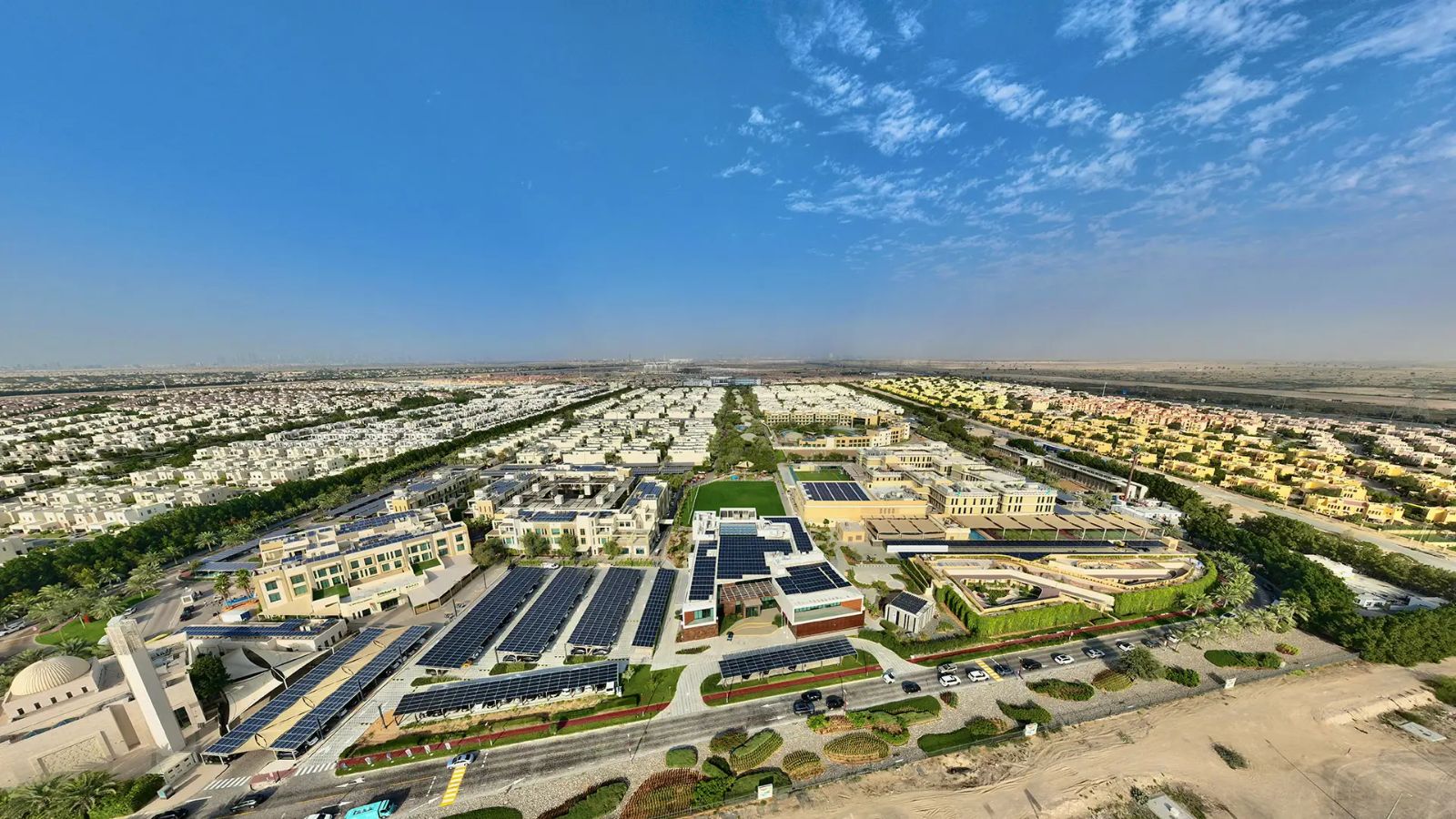
Image Sourced From: The Sustainable City – Dubai
The Sustainable City in Dubai exemplifies green construction with solar panels, greywater recycling, and car-free zones. EPC contractors collaborated with sustainability consultants to integrate these eco-friendly features, reducing the development’s carbon footprint and showcasing how urban projects can harmonise with environmental goals.
Sustainability also poses practical challenges:
- Regulatory Compliance and Cost: Compliance with green regulations, such as Dubai’s Al Sa’fat green building standards, adds complexity and cost. EPC firms must balance regulatory requirements with project budgets, which can be difficult for smaller-scale projects.
- Long-Term ROI: While sustainable practices can reduce operational costs, the upfront investment is significant. Clients need a clear understanding of the long-term value and ROI to commit to these practices.
- Material Availability: Procuring sustainable materials at scale can be challenging, particularly in regions with limited access to eco-friendly materials. This challenge requires careful planning and sourcing to avoid project delays.
In a future scenario, an EPC contractor working on a high-rise in Abu Dhabi could integrate native desert plants, efficient irrigation systems, and solar-powered shading. By optimising the building for the UAE’s climate, the project can reduce its environmental footprint while staying compliant with local green standards.
Digital Transformation with Building Information Modelling (BIM)
Building Information Modelling (BIM) has become an invaluable tool in civil engineering for enhancing collaboration, precision, and efficiency in construction projects. BIM enables all project stakeholders—architects, engineers, and construction managers—to work on a shared digital model that covers every structural, mechanical, and electrical element of a building. This 3D model facilitates accurate visualisation of project phases, supports better planning, and reduces costly on-site clashes between different systems.
BIM is particularly valuable in complex projects, where it improves decision-making and fosters a proactive approach to problem-solving. Beyond construction, BIM data aids ongoing maintenance and asset management, making it a powerful tool throughout a building's lifecycle.
The extensive use of BIM allowed for seamless coordination across diverse buildings and systems, facilitating a cohesive, eco-friendly urban design that reduced waste and optimised energy efficiency.
Implementing BIM presents both technical and operational challenges:
- Data Interoperability: Different teams may use varying software platforms, leading to data compatibility issues. Standardisation is key, especially for cross-functional projects, but it requires additional resources and coordination.
- Cost and Training: BIM implementation is costly, and training staff to use BIM proficiently is essential. Companies must weigh these costs against BIM’s long-term benefits.
- Complex Integration with Legacy Systems: Integrating BIM into existing infrastructures, particularly in retrofit projects, can be difficult and resource intensive. Project teams often need to adjust legacy systems to align with BIM protocols.
Prefabrication and Modular Construction
Prefabrication and modular construction have grown essential for urban development, particularly where rapid project delivery is critical. By manufacturing building components offsite in controlled environments, engineers ensure high quality, reduce waste, and shorten construction timelines. Once fabricated, these components are transported to the site and assembled, significantly improving efficiency and predictability.
Prefabrication is ideal for projects like healthcare facilities, schools, and housing developments. This trend is especially beneficial in the Middle East, where urbanisation demands fast yet high-quality construction methods. EPC contractors can better control project timelines as prefabrication reduces the risks associated with weather or site delays.
In 2023, the modular construction market in the Middle East and Africa was valued at approximately USD 6.32 billion. It is expected to grow at a compound annual growth rate (CAGR) of 7.9%, reaching an estimated USD 10.76 billion by 2029. This robust growth highlights the region's increasing reliance on prefabrication and modular construction to address the demands of rapid urbanisation and the need for efficient, high-quality building solutions.
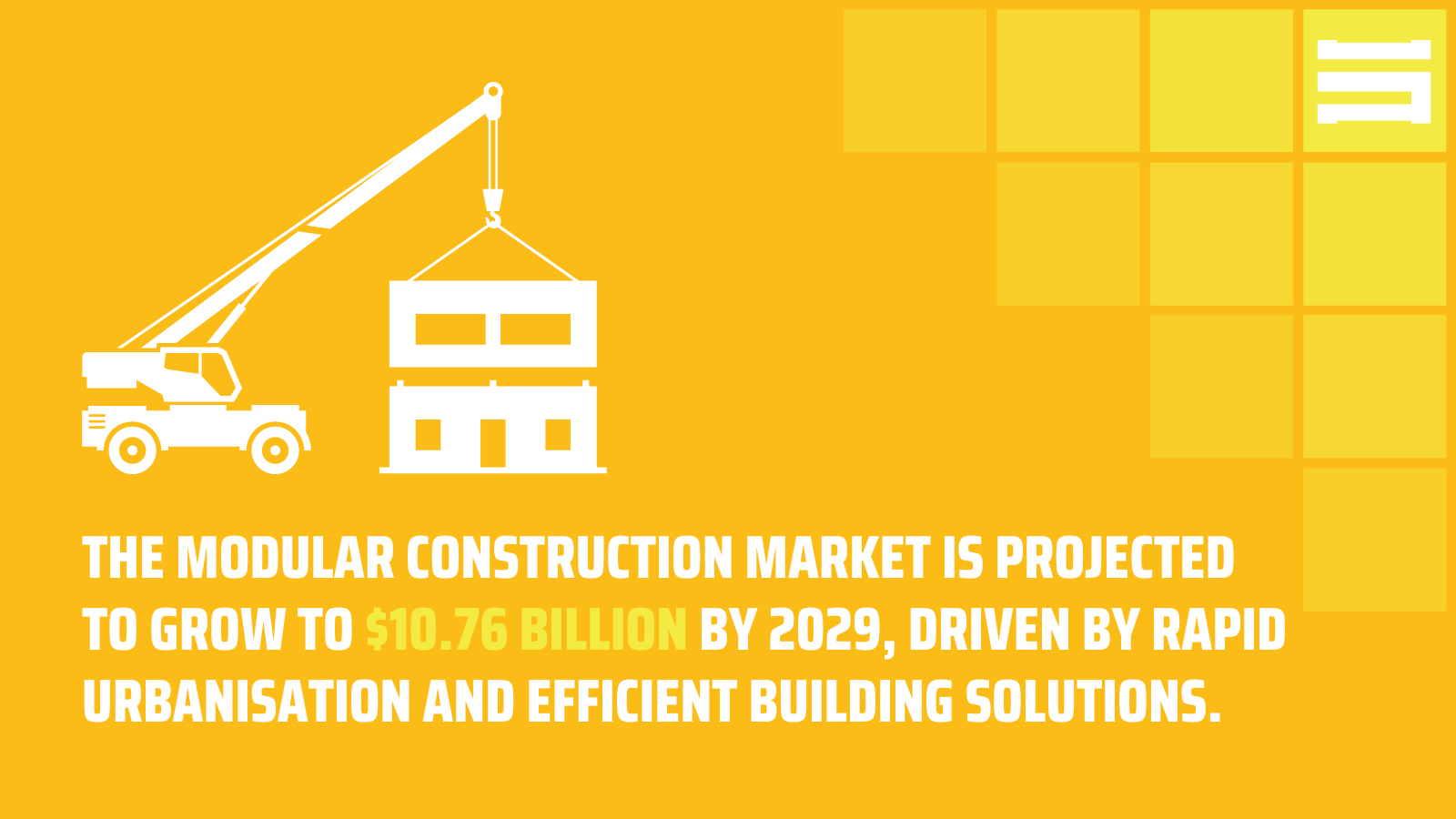
Prefabrication also has practical limitations:
- High Initial Investment: Setting up facilities for modular construction requires significant upfront capital, making it difficult for smaller firms to adopt this trend.
- Transportation Logistics: Moving large, prefabricated elements to urban sites can be challenging, particularly in congested cities. Projects may face delays if logistics aren’t meticulously planned.
- Design Constraints: Prefabrication works best with standardised designs. Customisation is limited, which can be a constraint for projects with unique architectural requirements.
For a new urban project in Dubai, AI tools could help EPC contractors adapt to seasonal shifts by adjusting project timelines based on anticipated weather patterns. This adaptability, supported by predictive analysis, ensures project efficiency without sacrificing quality or safety.
Artificial Intelligence (AI) and Machine Learning for Project Management
AI and Machine Learning (ML) offer unprecedented capabilities in project management, enabling civil engineers and EPC contractors to optimise resource allocation and anticipate potential delays. AI-powered systems can analyse vast datasets, identifying patterns that inform resource planning and timeline management. These tools are particularly valuable for large, multi-phase projects where numerous variables impact the schedule.
By incorporating AI, EPC contractors can proactively address issues like weather disruptions and supply chain delays, keeping projects on schedule. ML models also support predictive maintenance, using data to inform when and where repairs are likely needed, helping reduce long-term costs.
AI integration faces several challenges:
- Data Dependency: AI’s effectiveness depends on the quality and scope of data. For regions lacking historical data or consistent datasets, AI’s predictive value can be limited.
- Initial Costs: AI software and the infrastructure to support it are expensive. Smaller firms or projects with tight budgets may struggle to justify this investment.
- Oversight: AI should complement, not replace, experienced judgement. Over-reliance on AI without expert review can lead to oversight of context-specific issues.
In a scenario involving affordable housing in Riyadh, an EPC contractor could use modular construction to quickly assemble residential units. This approach allows for efficient, high-volume construction while minimising environmental impact through reduced on-site waste and emissions.
Smart Infrastructure and Internet of Things (IoT)
Smart infrastructure leverages IoT devices embedded in construction materials to create systems that adapt in real-time to changing conditions. IoT technology enables civil engineers to gather data on structural integrity, environmental conditions, and energy usage, allowing for predictive maintenance and improved operational efficiency. IoT is particularly valuable in large urban developments, where dynamic, data-driven decision-making is crucial.
In regions like the Middle East, where rapid urbanisation is paired with high standards of resilience, IoT provides infrastructure that is both adaptive and sustainable. IoT sensors help monitor everything from road usage patterns to air quality, allowing for real-time adjustments that improve resource management.
Despite the benefits, IoT presents certain challenges:
- Data Security: IoT devices are vulnerable to cyberattacks, especially if they connect to central systems. Security measures and encryption are essential to protect sensitive data.
- High Maintenance Requirements: IoT systems require regular updates and maintenance to function effectively over time. Budgeting for these costs is critical.
- Skills Gap: Implementing IoT systems requires expertise in data analytics and digital infrastructure management, skills that are still scarce in the industry.
Which Type of Engineering is Best? Exploring Civil Engineering Specialisations
Civil engineering encompasses a range of specialisations, each contributing uniquely to construction projects and urban development. As the Middle East embraces advanced construction and sustainable practices, certain types of civil engineering are emerging as especially valuable.
Imagine a new smart highway in Abu Dhabi equipped with IoT sensors that monitor traffic flow, lighting needs, and weather. Adaptive LED lighting responds to traffic patterns and environmental conditions, optimising energy use. With IoT-enabled sensors detecting wear, the highway is easier to maintain, demonstrating the infrastructure’s long-term sustainability and safety.
Leading Specialisations in Civil Engineering:
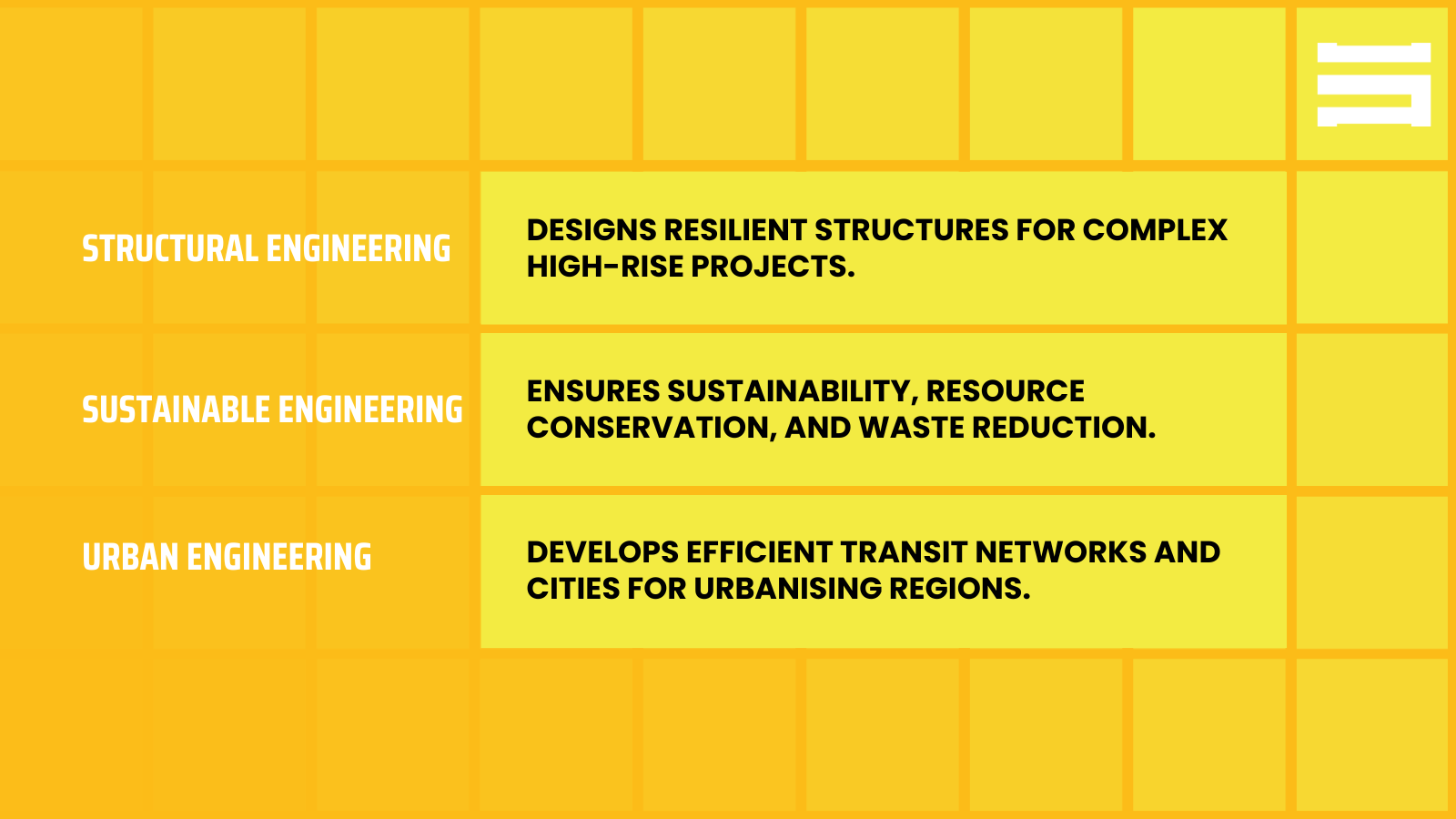
Each specialisation offers unique opportunities, and the “best” type of engineering often depends on an engineer’s skills and interests. Structural engineering may suit those drawn to large-scale building projects, while environmental engineering is ideal for those passionate about sustainability.
Is Civil Engineering a Stressful Job?
While civil engineering offers a rewarding career path, it also comes with unique challenges. Engineers working on high-stakes projects in the Middle East often face tight deadlines, complex regulatory requirements, and the pressure to deliver high-quality, sustainable solutions. These demands can make the profession stressful, particularly for those in leadership or project management roles.
Challenges Faced by Civil Engineers in the Middle East:
- High-Stakes Projects: Civil engineers working on landmark projects like those in Dubai or Riyadh deal with complex logistics and often face intense pressure to meet ambitious goals.
- Regulatory Compliance: Meeting strict environmental and safety regulations, such as Estidama, LEED or other certifications, can add layers of complexity and increase stress.
- Extended Working Hours: Civil engineers frequently work long hours, especially in the final phases of construction when deadlines are pressing.
- Rapid Technological Changes: The increasing use of BIM, IoT, and AI in the industry requires civil engineers to continuously update their skills, adding an element of ongoing learning and adaptation.
Despite these challenges, the rewards—both in terms of career satisfaction and financial benefits—make civil engineering an appealing and fulfilling choice for those committed to the profession.
Is Civil Engineering a Good Career?
Civil engineering has long been recognised as a cornerstone of the engineering profession, responsible for designing, building, and maintaining essential infrastructure. In the Middle East, where cities like Dubai, Abu Dhabi, and Riyadh are rapidly expanding, civil engineering is more than a good career—it’s a vital profession with significant opportunities for growth.
As cities evolve into smart urban hubs and sustainable communities, the demand for skilled civil engineers with expertise in new technologies and sustainable practices has intensified. The Middle East offers civil engineers the chance to work on pioneering projects, from iconic skyscrapers to eco-friendly urban developments. This transformation highlights civil engineering as a promising and future-focused career choice in this region.

Why Civil Engineering is a Strong Career Path in the Middle East:
- Broad Specialisations: Civil engineers can choose from numerous specialisations, including environmental, structural, and transportation engineering, aligning their careers with growing fields.
- High Demand for Skilled Professionals: The constant push for innovation in construction means civil engineers remain in high demand, especially in cities committed to ambitious development plans.
- Emphasis on Future-Ready Skills: Skills in sustainability, Building Information Modelling (BIM), and data analytics are highly valued, enhancing long-term career potential.
In conclusion, civil engineering is not only a good career but also a forward-looking one, especially within the rapidly developing landscapes of the Middle East.
Conclusion
The future of civil engineering in construction lies in a balance of innovation and practicality. While trends like sustainability, digital transformation, and smart infrastructure offer immense potential, they also bring unique challenges that require strategic planning, investment, and skilled workforce development.
About us
Stonehaven is a trusted project management company and construction consultant based in Dubai, offering comprehensive construction management services across the UAE with offices located in Dubai, UK and Sri Lanka. As one of the leading project management companies in Dubai, we manage projects from inception to completion, ensuring quality, efficiency, and cost-effectiveness at every stage.
We deliver value through expert project management consultancy services, tailored to meet the unique needs of each client. Our core services include Cost Management, Project Management, Construction Supervision, Engineering Support, Design Support, and Marketing & Communications. Whether you’re looking for construction consultants or project managers in the UAE and wider GCC region, Stonehaven is your trusted partner for achieving excellence in your next project.
Stonehaven is committed to delivering innovative, sustainable, and efficient engineering support solutions. We integrate advanced technology, sustainable practices, and expert planning to meet the evolving demands of the construction industry. Trust Stonehaven to bring your vision to life with expertise in project management, engineering, and sustainable construction.

